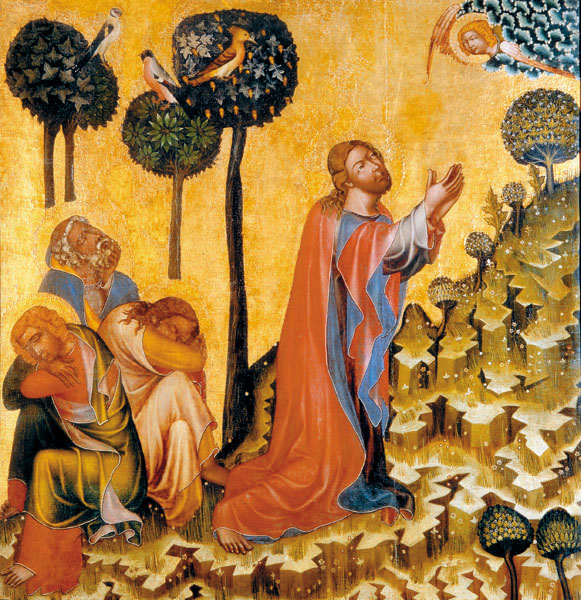Image Details

Erich Lessing
An anguished Jesus beseeches his heavenly father, “All things are possible to you; take this cup [of suffering] from me” (Mark 14:36), while Peter, James and John slumber nearby, in this 14th-century painting by the Czech artist known as the Master of
According to author Stephen Patterson, when gospel writers narrate the private thoughts of characters like Pilate—or Jesus—they are expressing aspects of their own faith, not historical fact. Writing around the time of the fall of Jerusalem in 70 C.E., when followers of Jesus were increasingly at odds with other Jews, Mark whitewashed Pilate and exaggerated the culpability of Jesus’ Jewish accusers to express his own belief that the Romans were God’s instruments, punishing Mark’s Jewish contemporaries for having rejected Jesus over three decades earlier.
